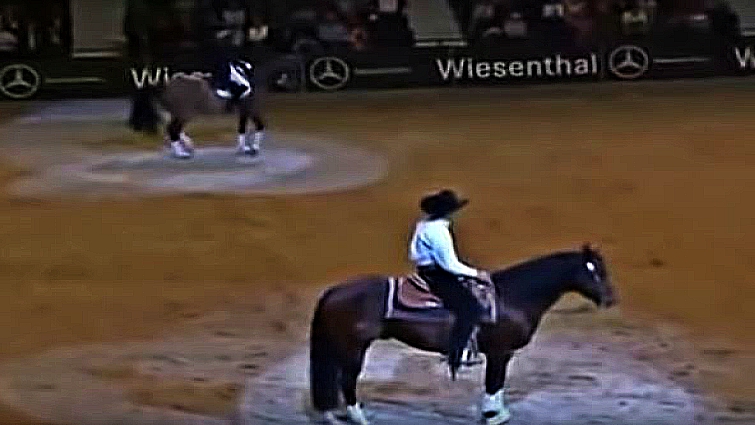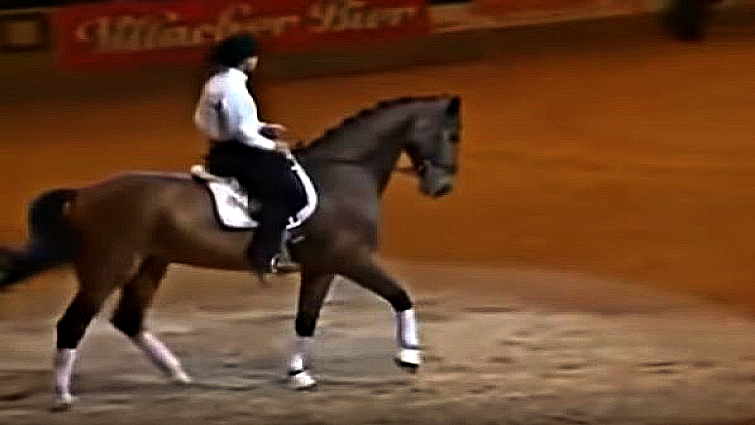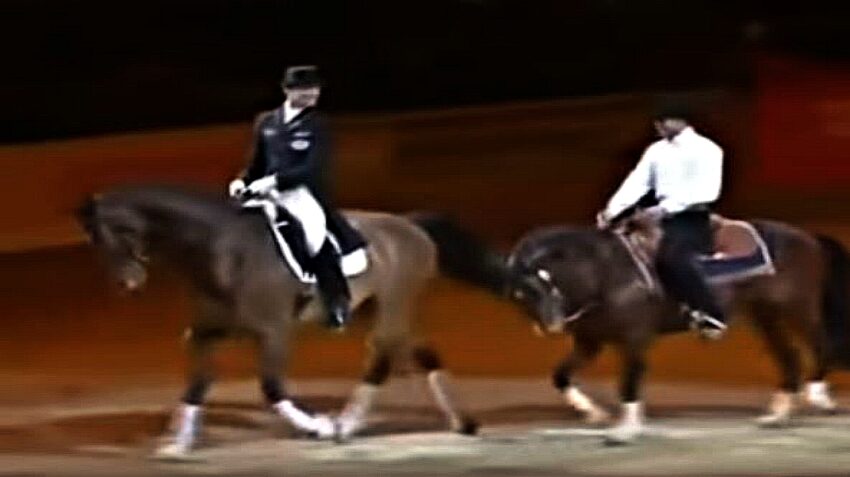Western and Dressage are both very similar disciplines that confuse people about what is distinctive about them. Both seek to get the horse and rider to progress with structured and focused training and physical and mental development of the pair. Both seek balance, carriage and even cadence in their tests. There will be many similarities, the rings are the same, either a 20×40 or 20×60 meter dressage ring.

The scoring is the same, a 1-10 scale with the same definitions for each number. Then what are the differences among them? The most obvious difference is the tack the horse wears. The western saddle is larger and heavier than the English saddle. It’s designed to spread the weight of the rider over a larger area of the horses back, making it more comfortable for long days out chasing cows.

The English saddle is smaller and lighter and designed to give the rider a closer contact with the horse’s back. As far as riding goes, the main difference between English and western riding is that in English riding, the rider takes direct contact with the horse’s mouth via the reins and uses the reins as part of the “aids” (along with the seat and the leg) for speed and direction.

Most western riding horses are ridden on little or no contact and the rider uses his seat, his weight and neck-reining to give aids to the horse. In English riding, the rider takes a rein in each hand, whereas western riders take both reins in one hand, allowing the other hand to fall naturally at their side, or lay on their thigh. Below is a video of both disciplines executed at the same time. Have a look.
